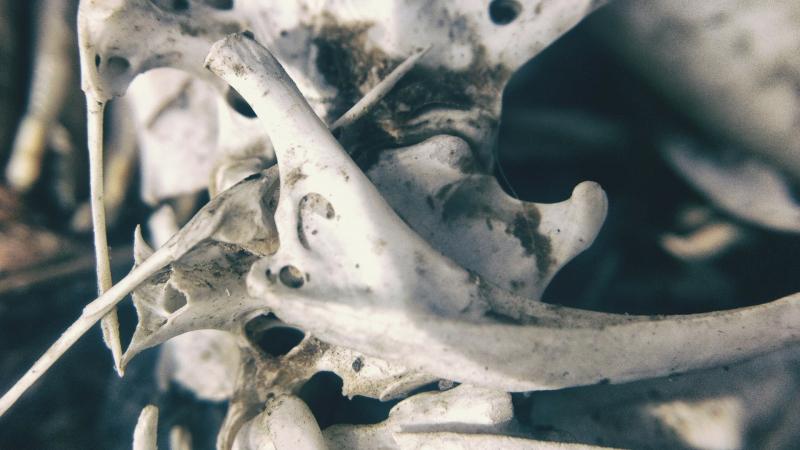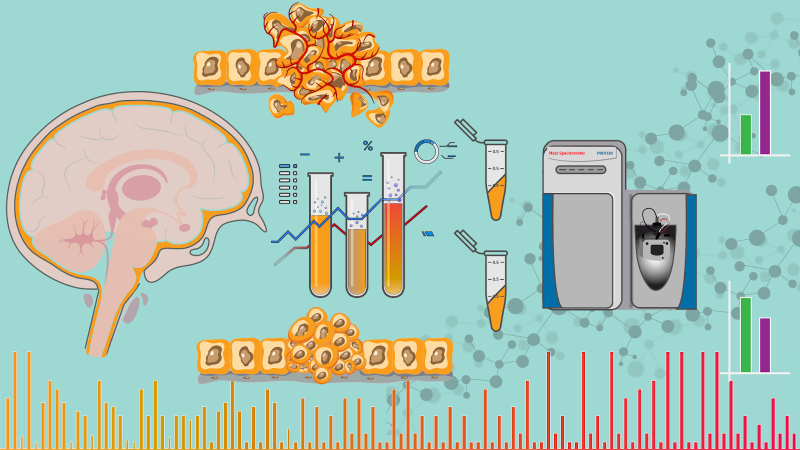
Nanotechnology has become commonplace in the field of medicine in today's world. On the one side, there are targeted drug delivery techniques that use nanomaterials, and nano-sized robots that wander inside our bodies. On the other, there is an evolving application of nanomaterials focused on prosthetic metal implants. Typically, when one suffers from fractures or needs prosthetic implants, the process of osseointegration—where the bone is integrated with titanium implants—is followed. An emerging area of research is the application of nanomaterials on these implants.
In a recent study, researchers from the Indian Institute of Technology Bombay (IIT Bombay), the Tata Memorial Centre and the Advanced Centre for Treatment, Research and Education in Cancer, Navi Mumbai, have used such metallic implants coated with nanofibres that enhances the formation and growth of new bone tissue on the surface compared to implants without the coating. The preclinical study, tested on rabbits, was published in the journal Tissue Engineering and Regenerative Medicine.
“Over the years, implants manufacturers have developed a wide variety of surfaces with different surface topography exhibiting a range of roughness. However, it remains a matter of debate regarding the precise modification of specific parameter for which the implant would display optimal dynamics of osseointegration”, say the researchers.
The prosthetic implants interact with their surrounding extracellular matrix, proteins and cells followed by the blood clot initiating the synthesis of new blood vessels and bones. Sometimes, this process could lead to complications where the implants either do not support the regrowth of bones or are not biologically compatible. Hence, the need is to have implants with suitable coatings that accelerate the growth of bones. This study addresses the need by coating titanium implants with unique osteogenic nanofibres that enhance the rate of bone growth and integration.
The researchers developed unique osteogenic nanofibres from osteogenic chemicals including polycaprolactone (a biodegradable polyester), gelatin, dexamethasone (a steroid), beta-glycerophosphate, ascorbic acid, and hydroxyapatite (a calcium-based mineral). “These nanofibres, when coated on the titanium implant, are presumed to create interconnected pores resembling the extracellular matrix, resulting in better infiltration of cells and subsequent regeneration of intended tissues”, say the researchers.
The researchers used rabbit tissues to test the mechanical and biological properties of the titanium implants coated with osteogenic nanofibres. When viewed under an electron microscope, they could see a layer of nanofibres creating series of uniform pores around the implant. The modified implants also have increased thermal stability and tensile strength that not only support the bone but also provide adequate stiffness by mimicking the extracellular matrix in the alveolar bone to regenerate tissue.
The surface of the nanofibres-coated implants was rough with more crests and troughs as compared to the relatively smooth surface of the bare implants. Does this help in cell growth? “There are conflicting reports of an increase in cell adhesion and proliferation with an increase in roughness while other indicates existence of an optimum range of roughness to evoke a favourable biological response”, remark the authors. Although the researchers observed successful bone integration in both coated and non-coated implants, the coated implants showed similar and uniform contact suggesting enhanced osteogenesis as compared to non-coated implants.
The study demonstrates that the new osteogenic nanofibre coatings on the implants, coupled with pore size distribution and surface properties, could be a game changer in the future of prosthetic implants. Although the study needs an in-depth analysis of its use in humans, it is still a promising step. “Bioactive implants with osteogenic nanofibre coatings are expected to surpass the conventional titanium implant in the future. The findings of the study shows them as an efficient alternative to commercially available metallic implants”, conclude the authors.
